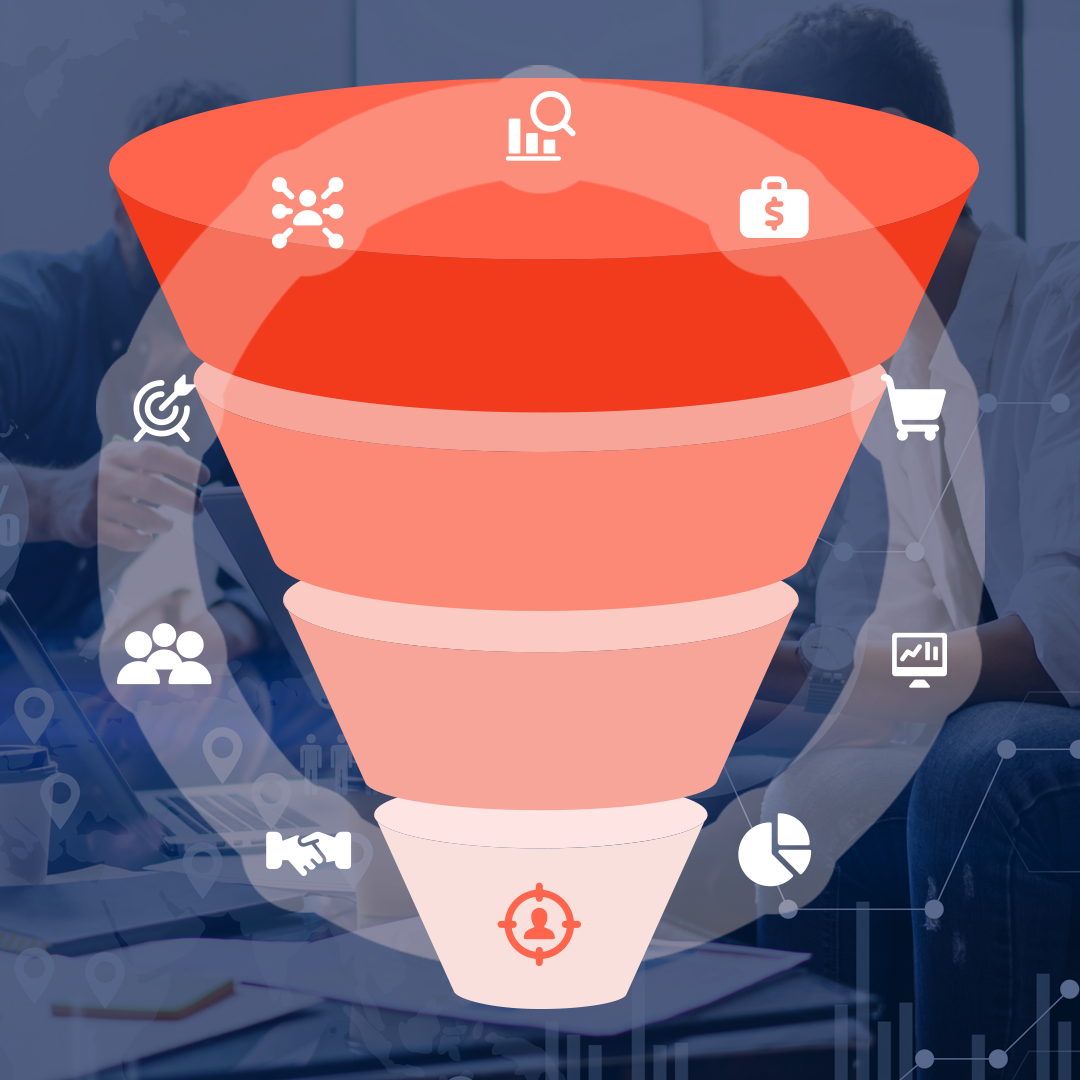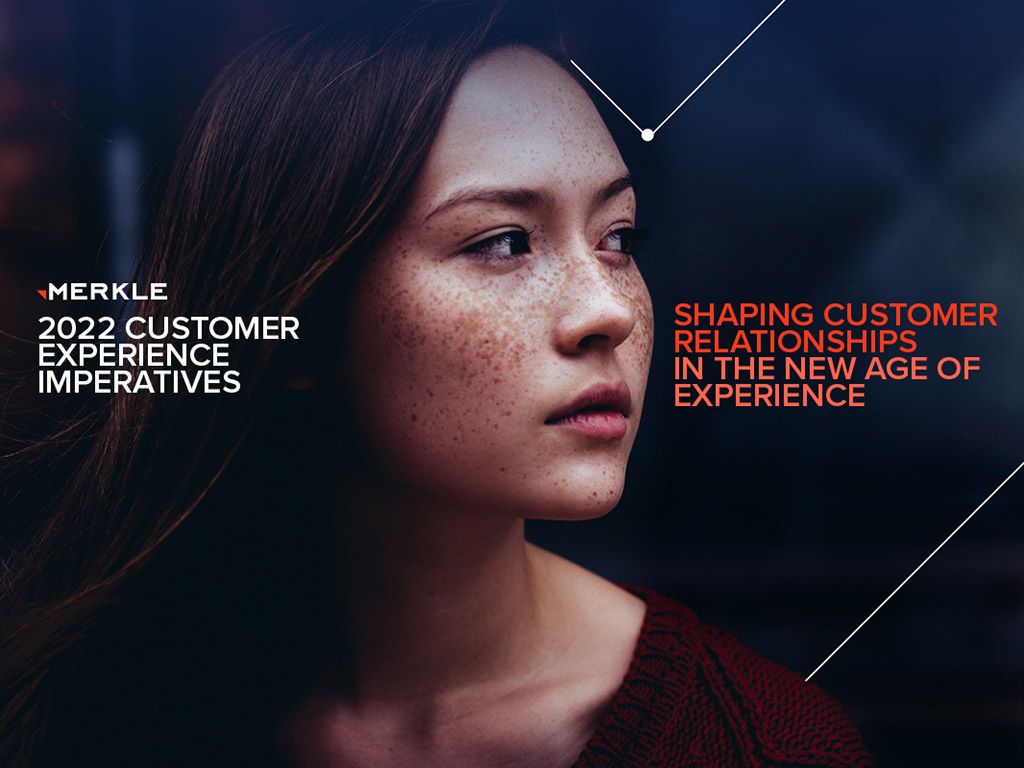Johannes Wali, Senior Data Consultant

Johannes (“Jonis”) has been working for Merkle since beginning of 2018. During his time at Merkle he has specialized in implementing data collection infrastructures.
After analyzing website data he started conceptualizing and implementing complex analytics infrastructures in websites and mobile apps. While starting off in the Google Marketing Cloud, during his time at Merkle, his projects helped him further develop his skills within the Adobe Marketing Cloud which has since become a major focus in his projects.







